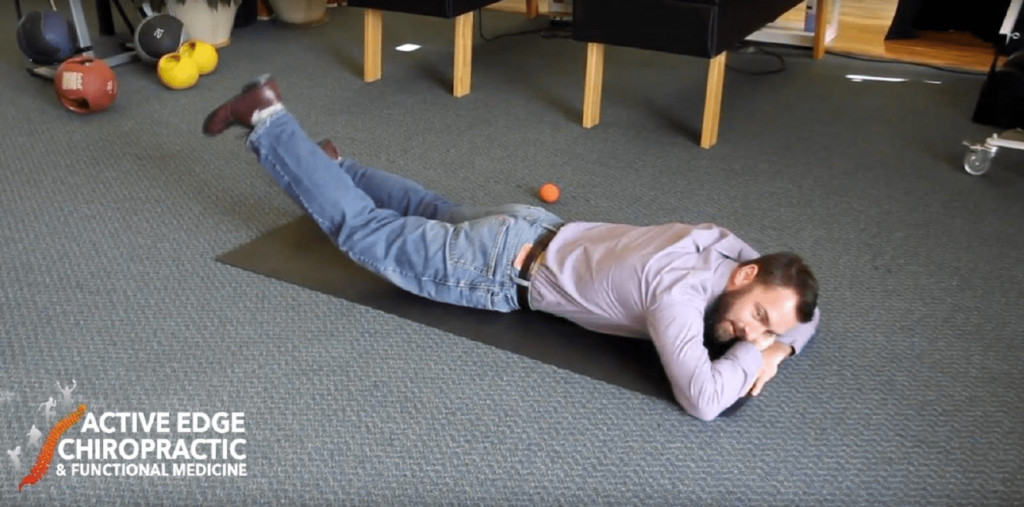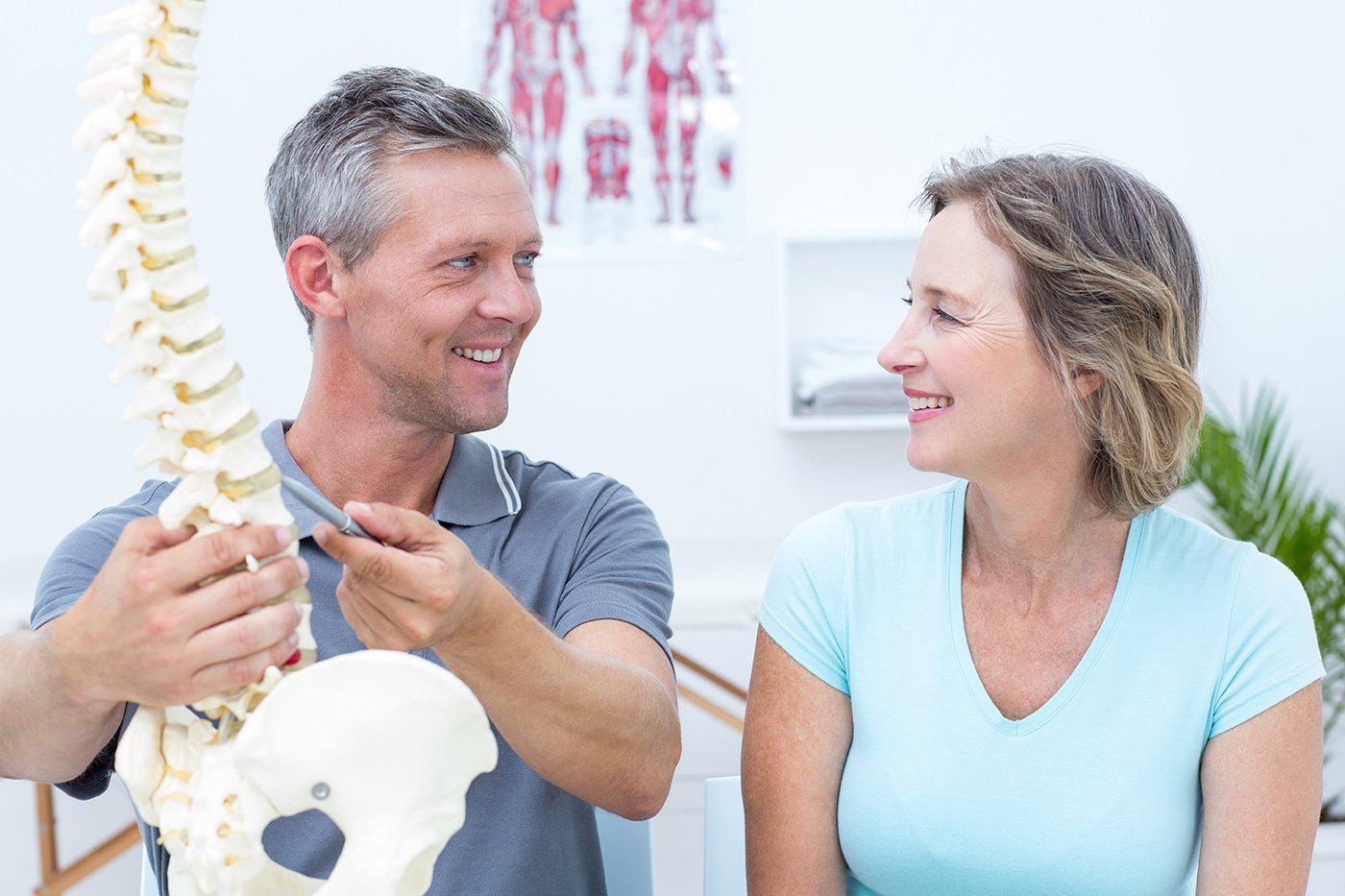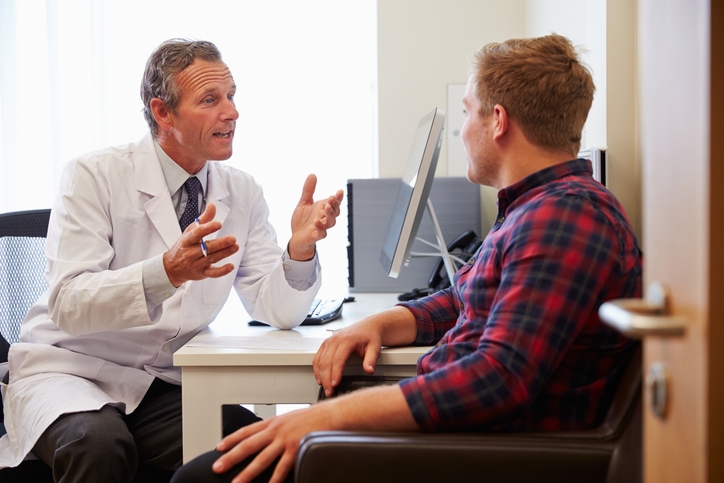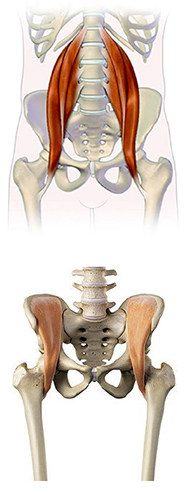
Today we will share some lacrosse ball stretches and releases for low back type pains. One of the biggest things that we have to understand is that pain does not always come from the location that you’re feeling the pain. A lot of lower back pain comes from the anterior (stomach side) of the spine. The psoas muscle (pictured left) is a hip flexor muscle that is very important to release to alleviate lower back pain. When we sit, that muscle comes up and flexes. This sitting shortens the muscle, so we need to release the muscle in order to become long again. The problems occur when we sit for long hours, like at a desk job or from students sitting in class for a long time. From this, the muscle is continually shortened, which can lead to bad posture and bad movement patterns. One big thing we can do is to use the lacrosse ball to get into the muscle and release the built-up tension, which will also take pressure off the lower back.
You might ask – “Why do I not feel pain in the front of my body if this muscle is tight?” That is because we do not have the same pain-sensing nerves in the anterior side of the body. Just as you do not feel your food being digested, you can not feel the ambient tightness in the muscle. However, you will definitely feel the tightness when working the muscle with a lacrosse ball or from a Doctor working this muscle in our office.
In order to work this muscle with a lacrosse ball, you will need to find the midline of the anterior side of the body. This midline is in line with the belly button. The psoas major is two inches away from the belly button. Also, the muscle ranges from three inches above the belly button to three inches below the belly button. The partner muscle of the psoas is the iliacus, which is in the inside of the iliac crest (also pictured below). This muscle can also be released with the psoas with a lacrosse ball.
RELEASING THE PSOAS MUSCLE
In order to release the psoas muscle with a lacrosse ball, one should lay face down on the ground with the lacrosse ball positioned two inches to either side of the belly button (pictured below). The resting position is with no spinal flexion, and the intensity of the ball should fade within one minute of laying on the ball. As the muscle becomes less spasm as time goes on, one can extend more in order to release the muscle more. This can be achieved by squeezing the glute on the same side as the ball is on and extending the leg of the same side up into the air.
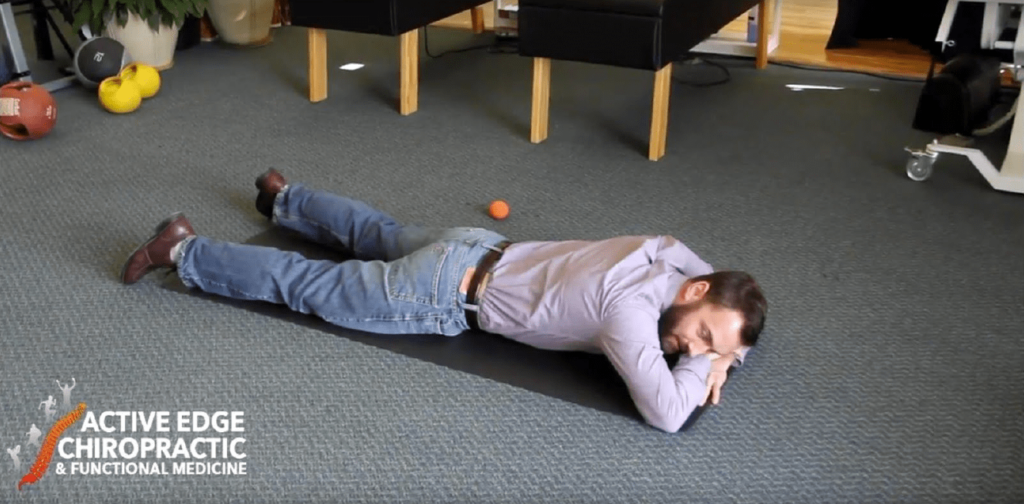
Again, this is pictured below. More intense release will be achieved in this position, and it might not be tolerable the first time releasing the muscle with a lacrosse ball. In combination with releasing the psoas muscle, this movement will help retrain the glute to fire, which is a common problem to have.
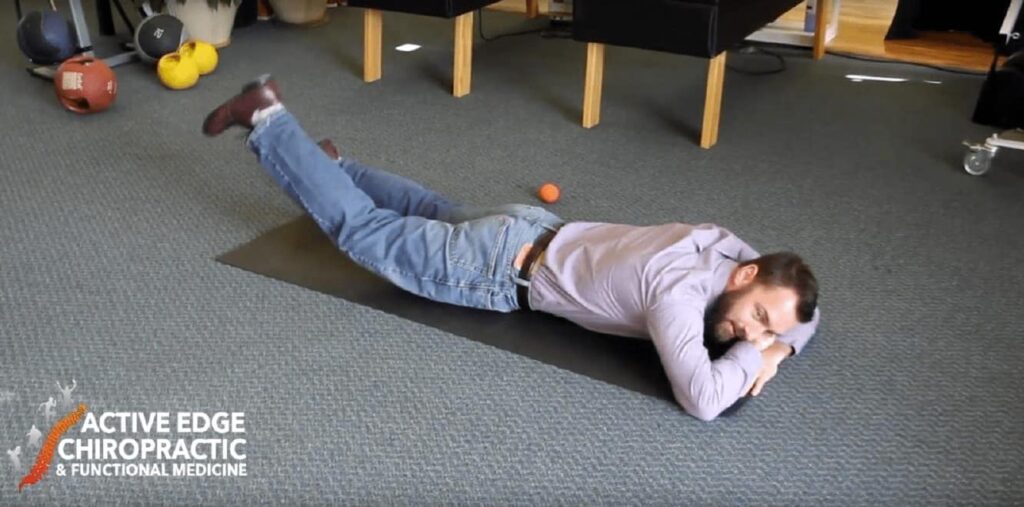
RELEASING THE ILIACUS MUSCLE
In order to release the iliacus muscle with a lacrosse ball, one should lay face down as well on the ground. The lacrosse ball will be positioned on the inside of the ilium (pictured on model below). The motion of this release is different from the psoas release, however. The patient should create a scooping motion on top of the ball with the ilium, moving laterally up and down on the ground.
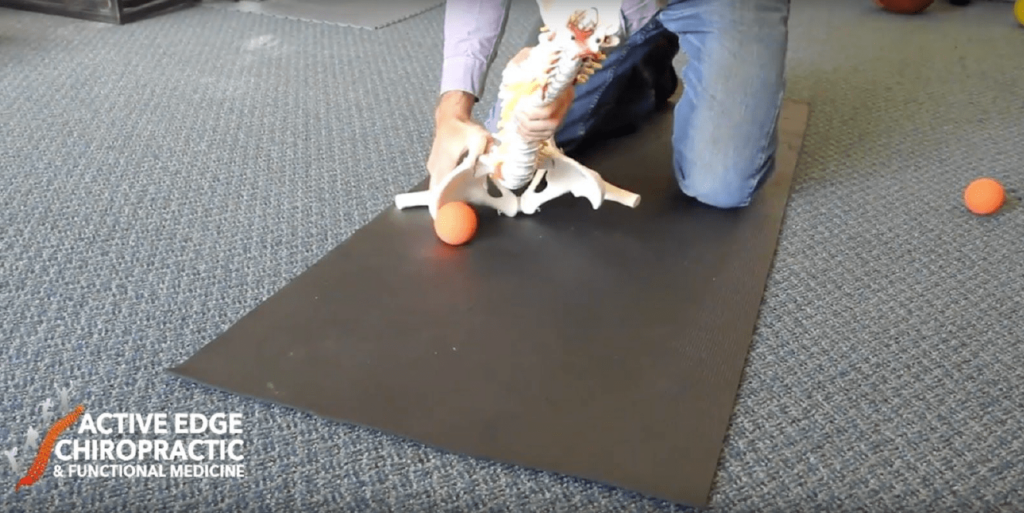
CONCLUDING THE POST
Releasing both of these anterior muscles will drastically help loosen these flexor muscles, which will then help take pressure off the lower back. Again, these movements will create intense discomfort in these muscles which will fade with consistent repetition. When starting these movements, do not push more than your body will allow. Any questions or concerns with these movements can be directed at us through our social media accounts.





